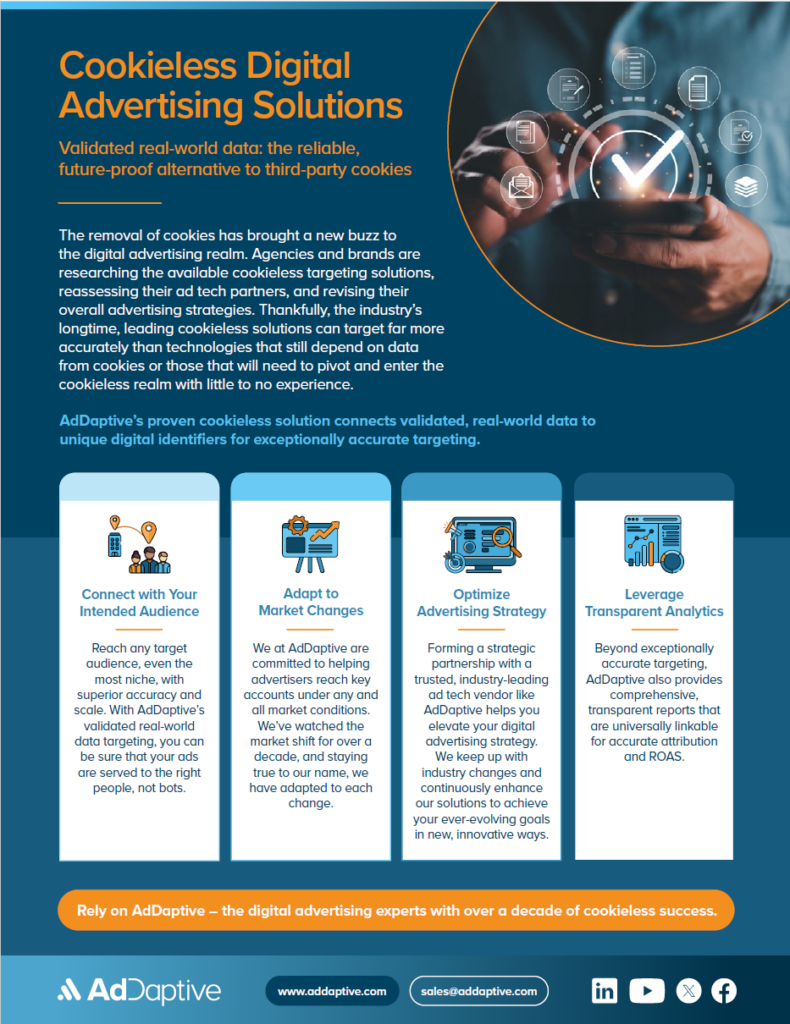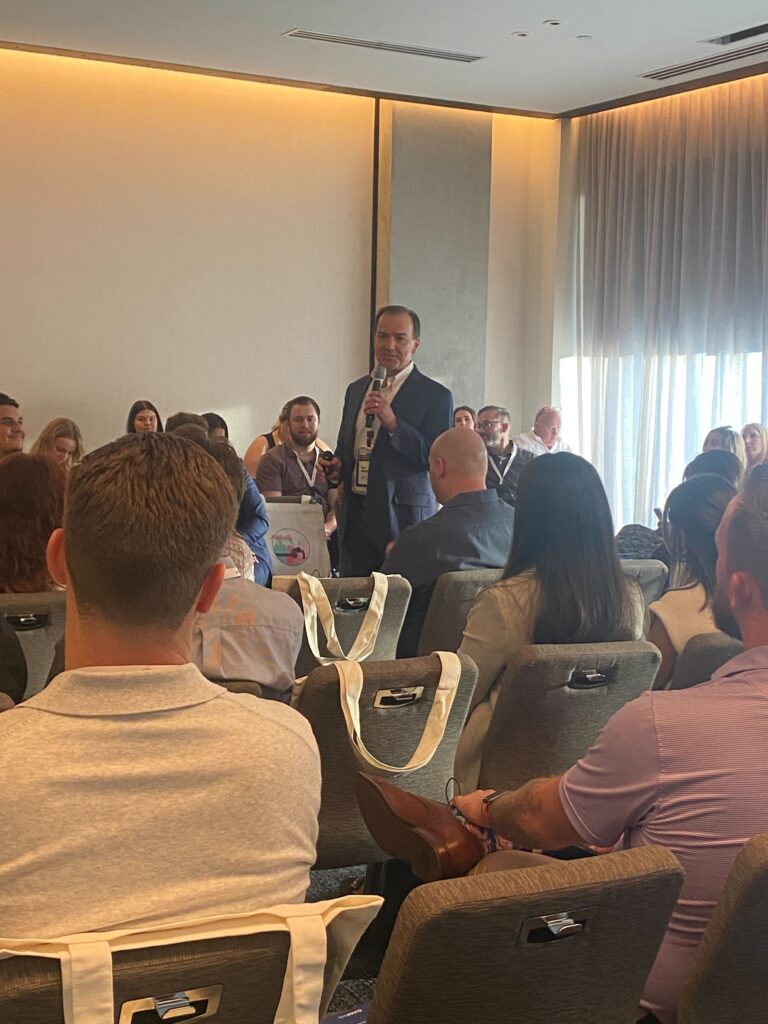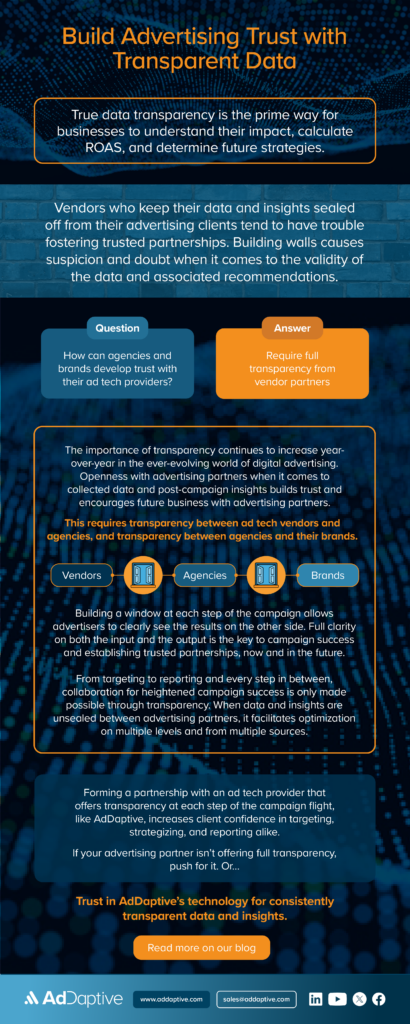Use Reporting Insights to Increase Engagement while Avoiding Oversaturation
Ads are everywhere
From desktops, laptops, TVs, and mobile devices to billboards and kiosks, ads truly are everywhere you turn today. The number of digital ads served across all platforms continues to grow year-over-year, with an especially significant increase of 13.2% predicted for the end of 2024. An additional 11.0% increase is expected for the 2025 calendar year.
With millions of campaigns representing hundreds of thousands of brands being launched across various combinations of media platforms each year, audiences can get lost and overwhelmed within the sea of ads. Certain brands who have higher advertising budgets can often unintentionally deter future customers through oversaturation. If everywhere a person turns they see the same brand, or even the same exact ad, they may build an aversion to the brand rather than an interest to purchase.
Excessive marketing has been proven to deter target audiences. The majority of social media users (around 57.7%) have admitted to unfollowing a brand due to excessive advertising. So advertisers now wonder: How can I reach my target audience in the most cost-effective way without bombarding them from every angle?
Picking the right combination of media types
Each target audience is unique in its own way, and each audience has its own preferences when it comes to engaging with digital ads. While some people listen to audio podcasts on a daily basis, others prefer to browse web pages or watch online videos in their spare time.
Honing in on your audience’s habits with the help of robust analytical insights is the key to maximizing ROAS in the ever-growing realm of digital advertising. As media type combinations continue to expand from the cornerstone display, native, and video offerings into CTV, programmatic audio, HTML5, and Digital out of Home (DOOH), finding the right combination for each campaign can take some finesse.
Transparent analytics to aid with strategy
In order to avoid oversaturating the target audience, advertisers should rely heavily on analytic insights. Reports such as campaign analytics and site analytics provide the data, analysis, and recommendations necessary to decide where and how to appropriately allocate ad spend.
With the help of robust, transparent analytics reports at each and every step of the campaign journey, agencies and their brands can refocus their strategic marketing efforts on which media formats lead to the highest engagement rates among target audiences, and readjust their campaign budgets to reach the right people in the ways they prefer, without overwhelming them.
The foolproof way to avoid oversaturating your target audience is the effective analysis and application of reporting insights. Using insights from campaign analytics reports, including KPI-based data and audience engagement levels, will help you shape your overarching strategy and concentrate your targeting – and retargeting – efforts. Adjust your campaign media mix according to the data collected in these reports, so you can connect with your audience where they are the most engaged without deterring them.
Trust in AdDaptive’s accurate targeting and reporting to elevate your campaign strategy and reach key audiences without oversaturation.




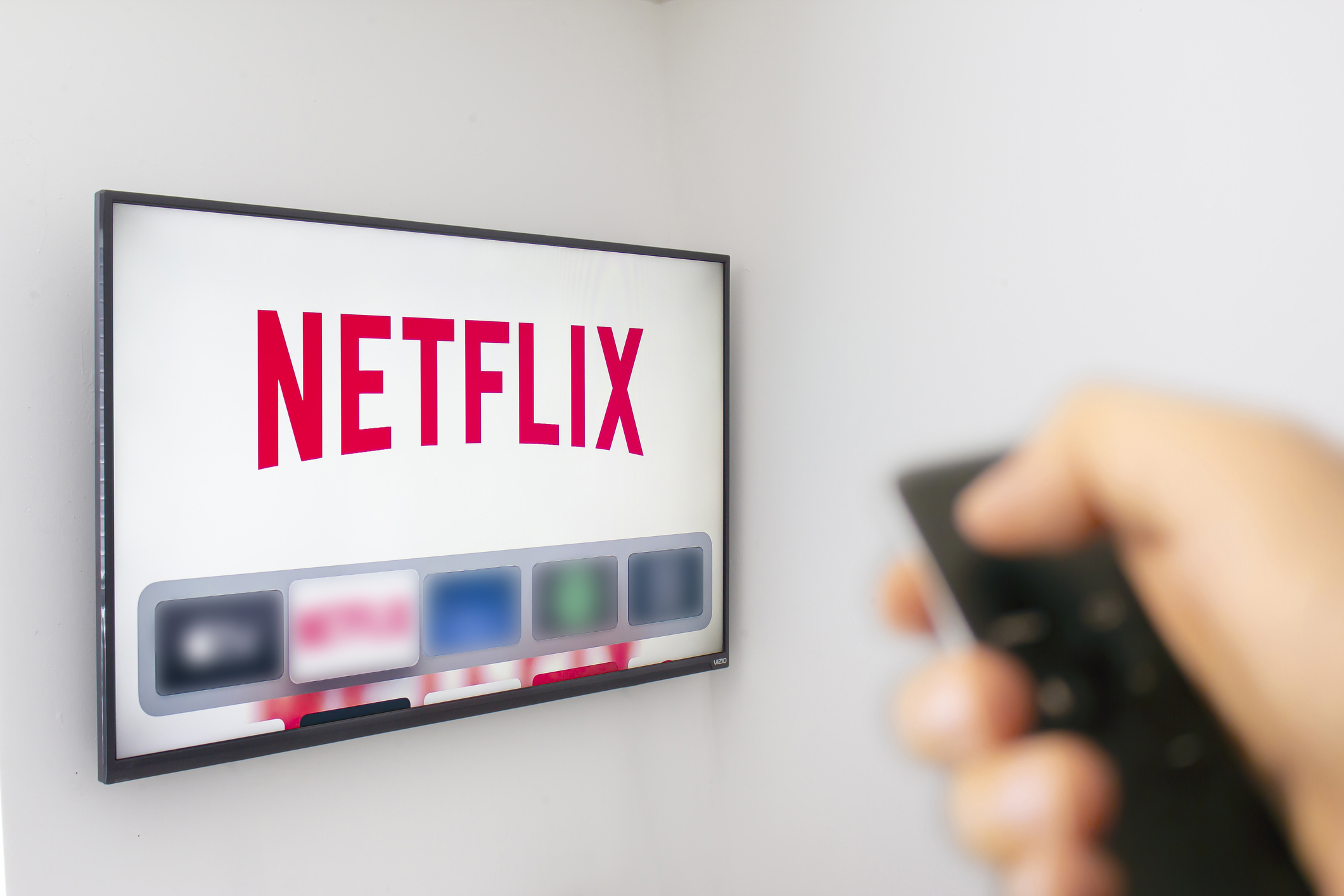




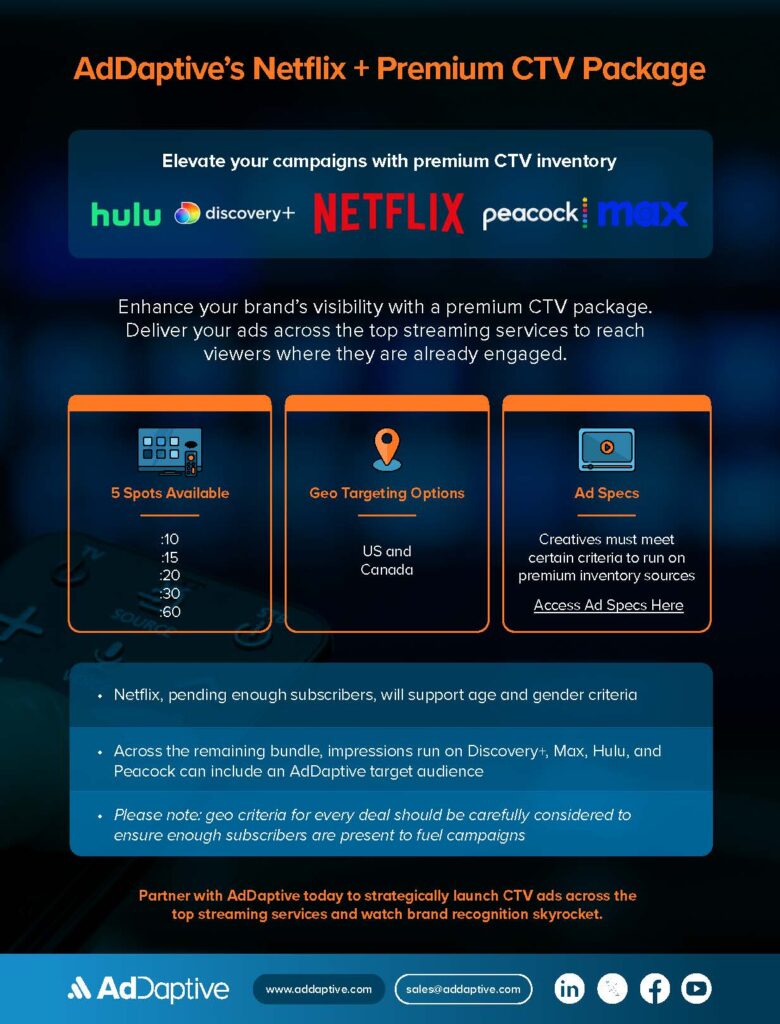

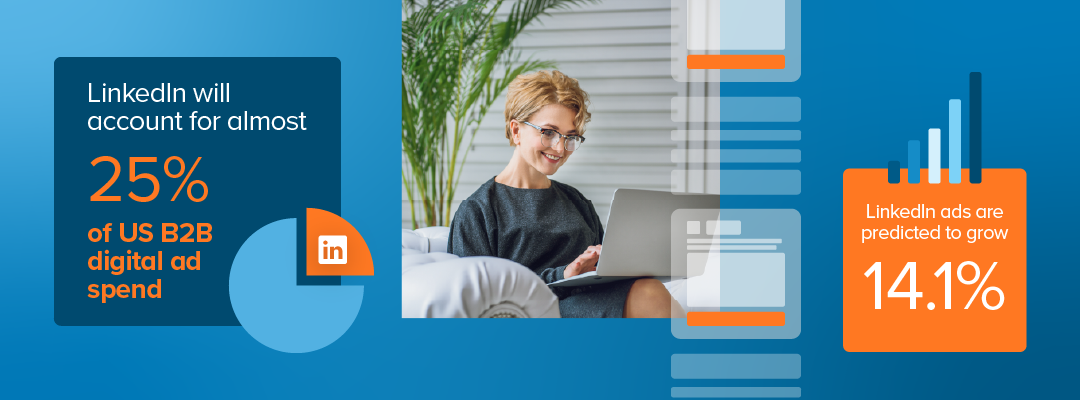
 However, LinkedIn ads are still restricted to the LinkedIn platform itself. LinkedIn may be the best social media platform for business advertisers, but complementing social with the value of programmatic is the true key to reaching target audiences where they are engaged and maximizing ROAS. Increasing the number of touchpoints by delivering a well-rounded combination of display, native, video, CTV, audio, and HTML5 ads increases the likelihood of your intended audience engaging with your content.
However, LinkedIn ads are still restricted to the LinkedIn platform itself. LinkedIn may be the best social media platform for business advertisers, but complementing social with the value of programmatic is the true key to reaching target audiences where they are engaged and maximizing ROAS. Increasing the number of touchpoints by delivering a well-rounded combination of display, native, video, CTV, audio, and HTML5 ads increases the likelihood of your intended audience engaging with your content.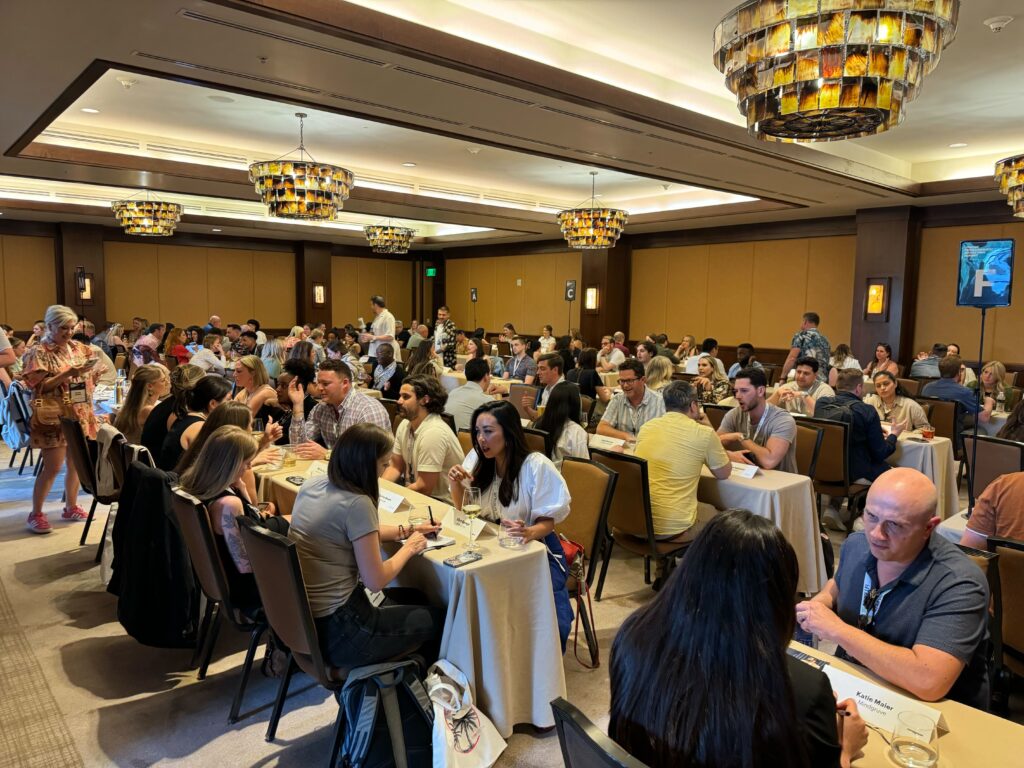
 The challenge board has become infamous at the numerous annual Digiday summits. Attendees are invited to share the one main challenge that their agency is currently facing in a quick post-it note in order to spark conversation with other agencies who are experiencing similar challenges, and with vendors who can provide potential solutions.
The challenge board has become infamous at the numerous annual Digiday summits. Attendees are invited to share the one main challenge that their agency is currently facing in a quick post-it note in order to spark conversation with other agencies who are experiencing similar challenges, and with vendors who can provide potential solutions.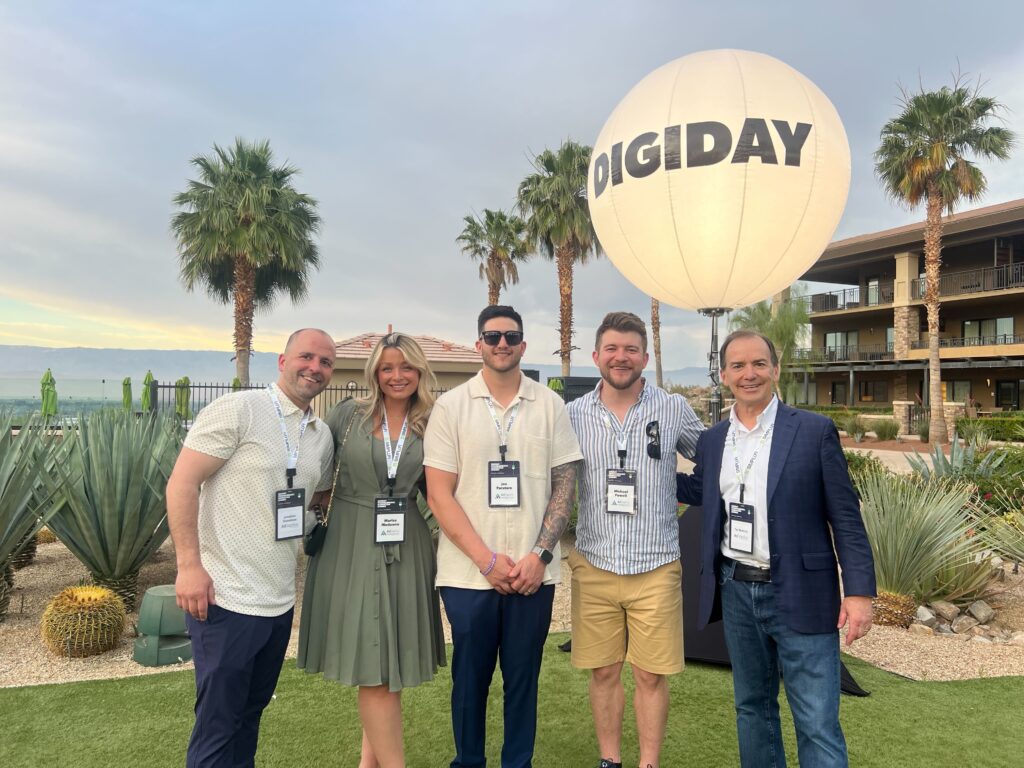
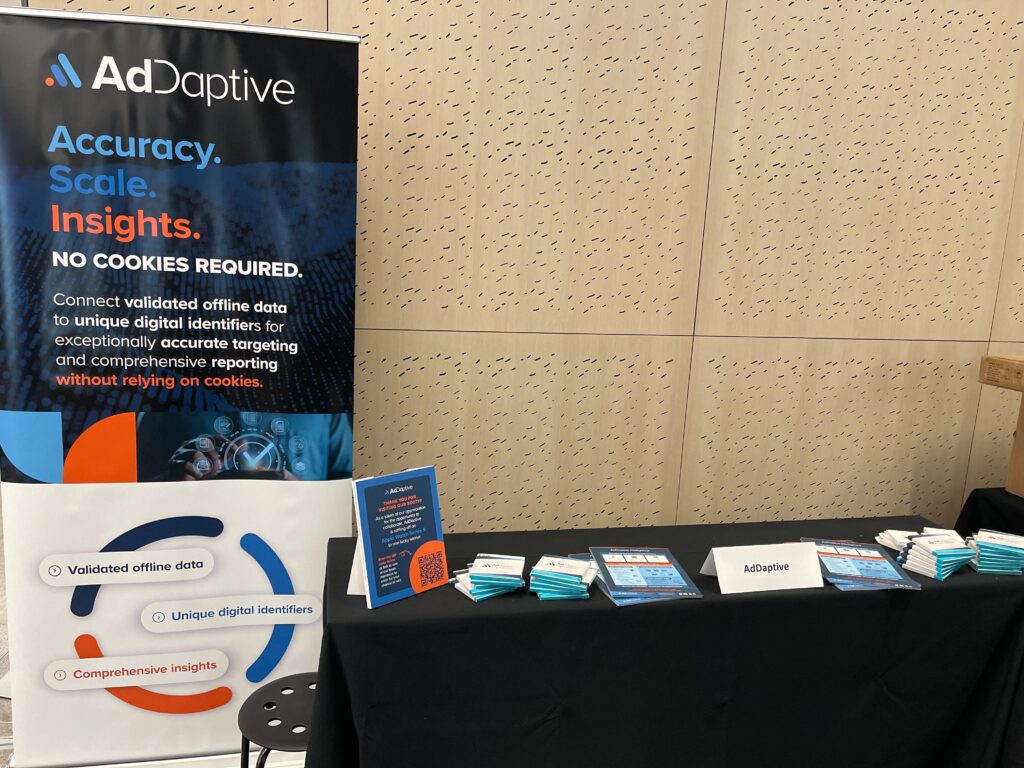
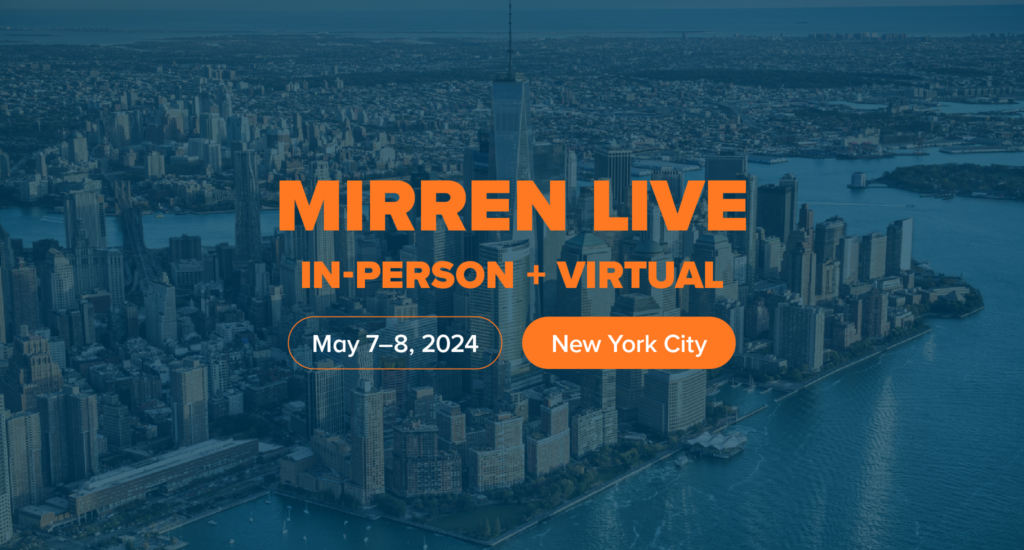
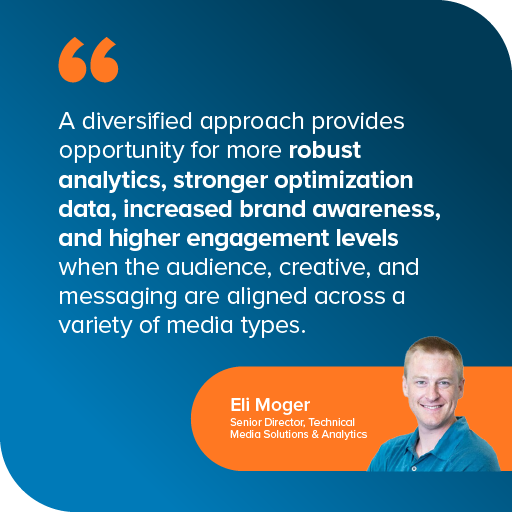 Using a combination of media formats in digital advertising campaigns increases your chances of reaching the intended audience across various platforms. Varying your media channels allows your target audience multiple ways to engage
Using a combination of media formats in digital advertising campaigns increases your chances of reaching the intended audience across various platforms. Varying your media channels allows your target audience multiple ways to engage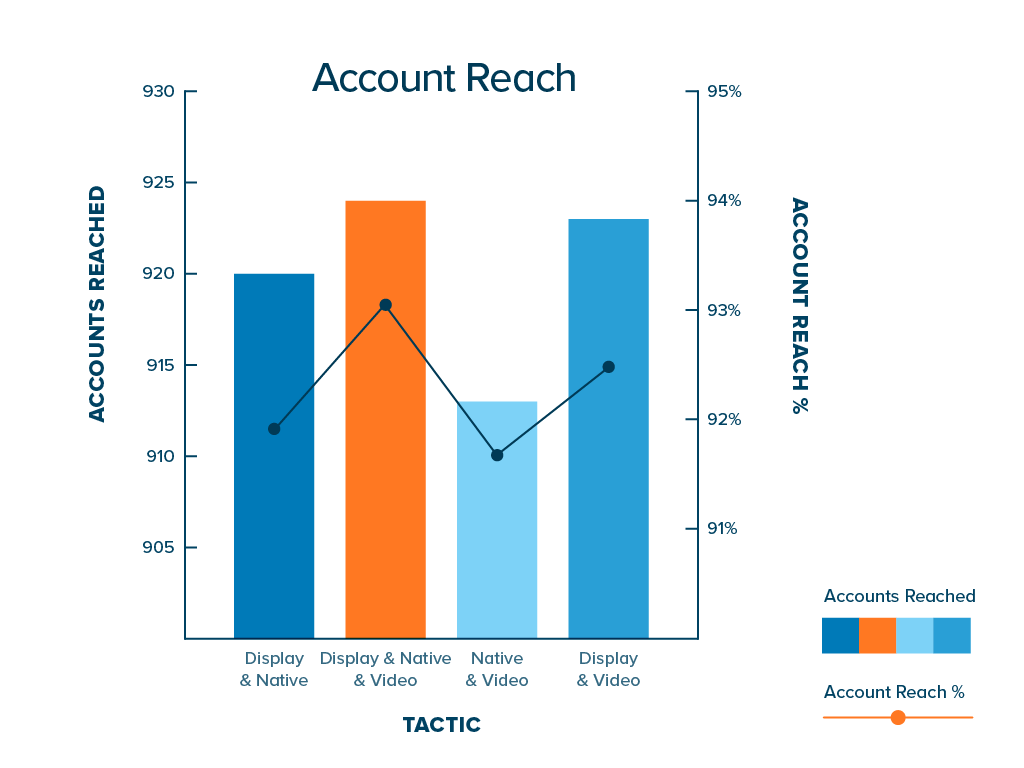
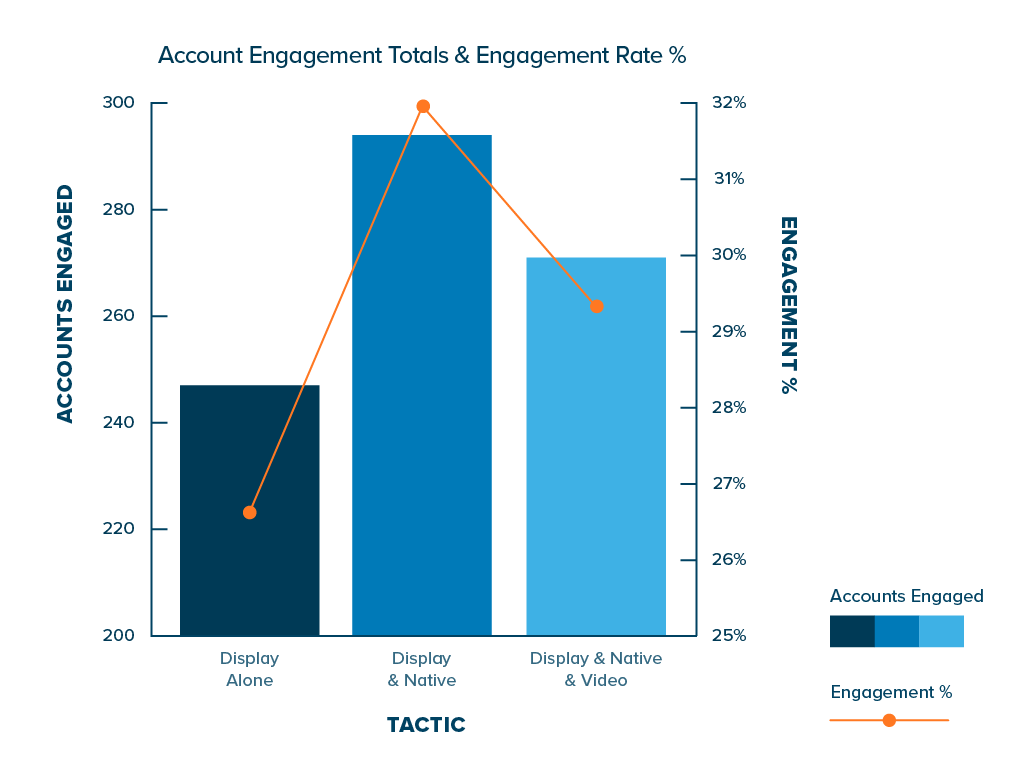 “There was an 8% increase in Display CTRs when pairing a Display creative with a second creative type (such as Native and Video)”
“There was an 8% increase in Display CTRs when pairing a Display creative with a second creative type (such as Native and Video)”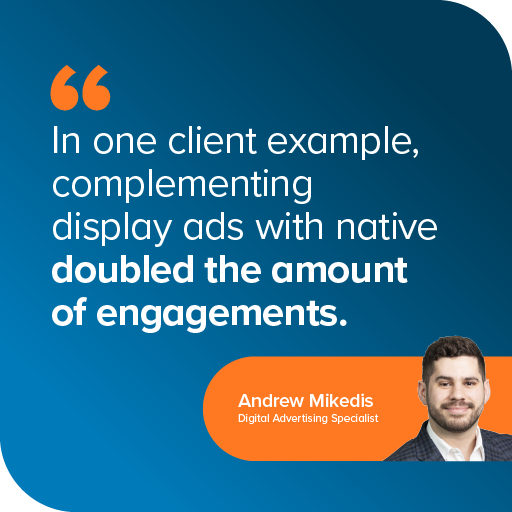 Thankfully, agencies and brands searching for a way to test which media formats work best for each campaign can do so without breaking their budgets. AdDaptive has no long-term contracts,
Thankfully, agencies and brands searching for a way to test which media formats work best for each campaign can do so without breaking their budgets. AdDaptive has no long-term contracts,
